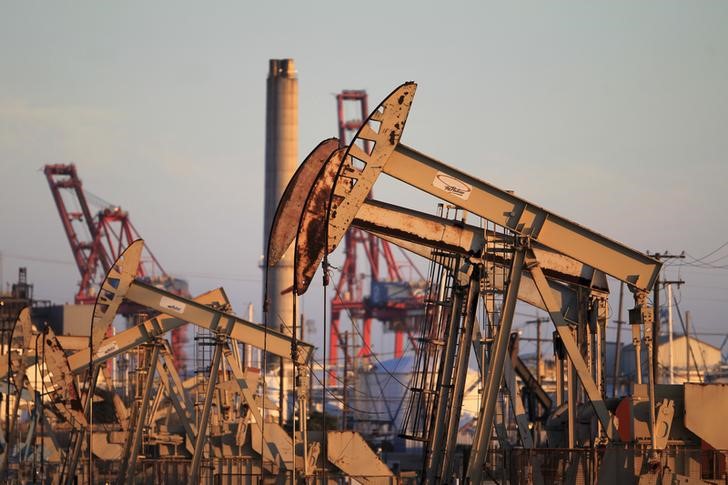Investing.com -- Crude oil prices gained Tuesday, helped by growing expectations of more stimulus in China, the largest importer of crude in the world, as well as bullish OPEC comments regarding future demand.
By 09:20 ET (13:20 GMT), the U.S. crude futures traded 0.9% higher at $73.59 a barrel, while the Brent contract climbed 0.7% to $78.24.
More Chinese stimulus expected
China's new bank loans jumped more than expected in June, data from the People's Bank of China showed on Tuesday, with Beijing attempting to spur demand after three years of COVID curbs.
Additionally, China's central bank on Monday extended until the end of 2024 some policies in a November rescue package to shore up the property sector, and traders are expecting further stimulus measures to boost the world’s second largest economy, which is struggling to recover from the ravages of the COVID pandemic.
This has helped the market build on the gains that followed supply cuts by top exporters Saudi Arabia and Russia for August, announced last week.
OPEC sees demand climbing
Additionally, global demand for all forms of energy is forecast to rise by 23% through 2045, OPEC Secretary General Haitham Al Ghais said earlier Tuesday.
"We will require innovative solutions such as carbon capture utilisation and storage, and hydrogen projects in addition to a circular carbon economy, which has received a positive endorsement from the G20,” he said.
U.S. CPI could pressure risk assets
In the U.S., the largest consumer of energy in the world, the power grid operator in Texas forecast electricity use would break records again this week as residents in the state try to cope with a summer heatwave.
However, most attention this week will be on the release of the latest inflation figures in the U.S., as these could influence the thinking of Fed officials ahead of the next policy-setting meeting later this month.
“This is important for markets, as it will shape expectations on monetary policy from the U.S. Fed in the months ahead. A number above year-on-year consensus (3.1%) would likely put some pressure on risk assets,” said analysts at ING, in a note.
Comments by a series of Fed officials Monday raised expectations that the U.S. central bank may be close to ending of its rate-hiking cycle, something that has resulted in the U.S. dollar hitting a two-month low.
A weaker dollar makes crude cheaper for holders of other currencies and often boosts oil demand.
Later this session sees the release of the EIA short-term energy outlook, as well as industry data from the American Petroleum Institute detailing the extent of the U.S. crude inventories.
